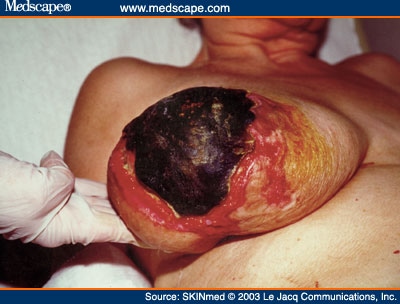Mechanism
Warfarin is a commonly used anticoagulant that works by inhibiting synthesis of vitamin K dependent clotting factors (II, VII, IX, and X) and proteins C and S by the liver. Specifically, warfarin inhibits the enzyme vitamin K reductase resulting in inhibition of vitamin-K dependent gamma-carboxylation of glutamic acid residues on clotting factors II, VII, IX and X.
Warfarin takes a few days to start working and it first affects protein C and S production. Because proteins C and S have anticoagulant properties, warfarin, initially results in a temporary increase in the risk of thrombus formation. Therefore, before starting warfarin patients are generally given another anticoagulant such as heparin.
Metabolism
Warfarin is metabolized by cytochrome P450, a microsomal enzyme in the liver.
Reversing the effects of Warfarin
Fresh frozen plasma (FFP) restores vitamin-K dependent clotting factors, making it the quickest way to normalize prothrombin time (PT). Vitamin K administration is a slower method for reversing warfarin toxicity because time is needed for new vitamin-K dependent clotting factors to be made by the liver.
Warfarin drug interactions and food restrictions
Many medications and supplements interact with warfarin. Generally, cytochrome P450 (CYP450) inhibitors enhance the effect of warfarin and CYP450 inducers reduce the effect of warfarin.
- CYP450 inhibitors: Acetaminophen, NSAIDs, Antibiotics (e.g. metronidazole, trimethoprim-sulfamethoxazole) and antifungals, Amiodarone, Cimetidine, Cranberry juice, Ginko biloba, vitamin E, Omeprazole, Thyroid hormone, SSRIs
- CYP450 inducers: Carbamazepine, phenytoin, Ginseng, St. John's wort, Oral contraceptives, Phenobarbital, Rifampin.
Patients on warfarin have to pay attention to what they eat because foods high in vitamin K will decrease the effect of warfarin.
Warfarin-induced Skin Necrosis
Within the first few days after starting warfarin, patient develops venous thromboembolism in the skin. Lesions can be found anywhere but are usually seen on the trunk, limbs, breast and penis. At first affected areas become itchy and swollen then necrosis develops. This condition occurs because warfarin when given alone initially results in a pro-coagulant phase due to reduction of the anticoagulants protein C & S production by the liver. There is rapid decline in protein C levels, as much as 50%. Treatment is to stop warfarin and give protein C concentrate. Note: this condition is more likely in patients with hereditary protein C deficiency.


Comments
Post a Comment